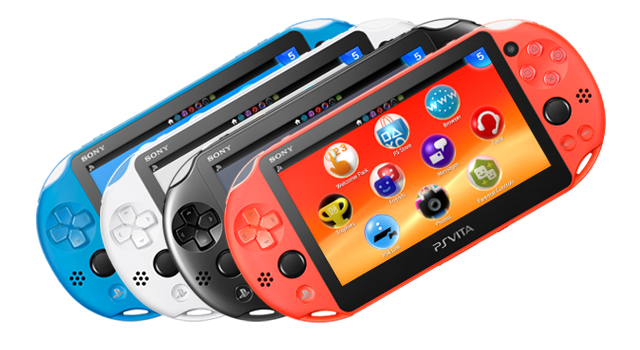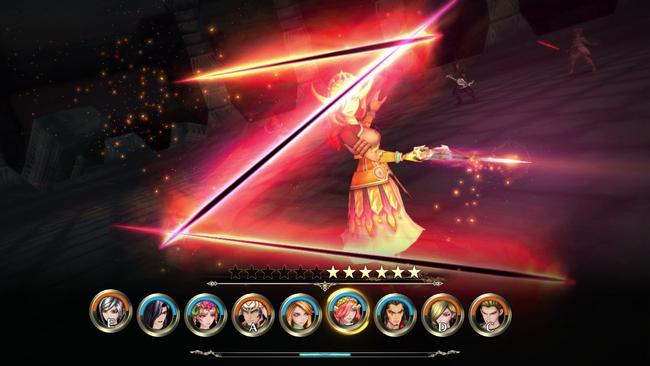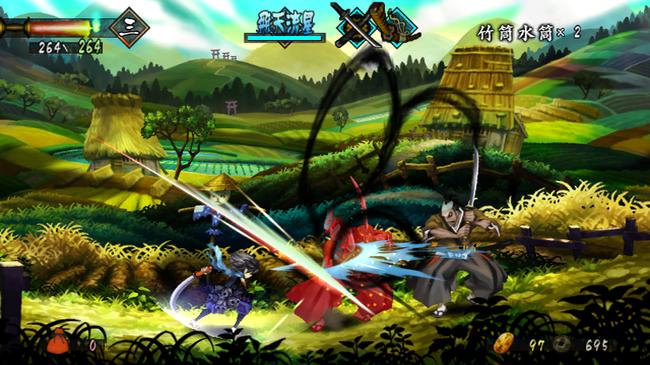
Vita Means Life - Looking Back on the PlayStation Vita
Play games long enough, and chances are you’ll have a favorite console. Maybe, for you, it was the Super Nintendo – for someone else, the PlayStation 2 or the Dreamcast. Perhaps your favorite console isn’t even a “console” at all – but rather a handheld, like the Game Boy Advance, the PlayStation Portable, the Nintendo DS, or maybe even the TurboGrafx Express or Neo-Geo Pocket.
For me, my favorite “console” is – and might always be – the PlayStation Vita.
Without any doubt, by Sony’s metrics, the system was a failure. Selling barely more than 10 million units worldwide, in stark contrast to the competition’s – the Nintendo 3DS line of handhelds – 75 million sold to date. A total bomb, and assuredly far from the lifetime sales that Sony had intended for the system, following the PSP’s 76 million sold.

The Vita itself was discontinued in 2019, and the production for physical game cards was halted for North America and Europe shortly after. Although some few games continued to release for the system past its stated expiration date – with NIS America’s release of Utawarerumono: Prelude to the Fallen, we may very well have seen the last “major” release to hit the platform. The capstone on the grave for a system that persisted well past its prime, and managed to leave a surprisingly deep mark on the industry as a whole – despite its meager sales, and lack of first-party support.
As an RPG fan, I feel that it’s entirely too easy to look back on the system's library and to miss the sheer breadth and variety of releases that ended up on that little handheld that could – it’s especially impressive to see just how many “major” games from our own little section of the industry started out life on the platform. Persona 4: Golden is the obvious example – the game that RPG fans were likely to buy a Vita for, and as of this post has yet to find its way to other platforms – but titles like Digimon Story: Cyber Sleuth, Ys VIII: Lacrimosa of Dana, and Labyrinth of Refrain: Coven of Dusk all started off as full Vita exclusives – only receiving ports to other systems later down the line.
Taking a look at our RPG of the Year deliberations for the last year – SaGa Scarlet Grace: Ambitions was itself an upgraded release of what was initially a Vita exclusive in Japan, while Dragon Quest Builders 2 followed up on the groundwork that Dragon Quest Builders – a title with PlayStation Vita as one of its initially supported platforms – laid for the sub-series. A surprisingly large number of critically acclaimed RPGs got their start on the platform, and even now games continue to release on other platforms after having successfully launched on the aging Vita, such as Gnosia – a vaunted Japan-exclusive Visual Novel/RPG hybrid which IGN Japan gave a glowing 10/10 rating.

It’s not just that the system fostered a limited number of truly great exclusives, either – but rather the impressive breadth and variety of titles that graced the platform is simply nothing to scoff at. Did you know that the entire Atelier Arland and Atelier Dusk Trilogies released on Vita? Or that it wasn’t until Atelier Lulua that the series stopped receiving Vita versions altogether?
For Dungeon RPG fans, the Vita was nothing if not a haven for new games, outside of the constant Etrian Odyssey releases on the 3DS. Companies like Aquaplus, Nippon-Ichi Software, and the ever-present Experience Inc. supported the system with a wide variety of titles using the Dungeon RPG format. Some of these titles, like the aft-mentioned Labyrinth of Refrain, or the bodacious Dungeon Travelers 2 are classics within the genre in their own rights – not to mention the many, many more DRPGs that called the system home.
Similarly, Tactical RPGs maintained a healthy presence on Vita. Both Disgaea 3 and 4 received updated versions with both Quality of Life updates as well as new content on the platform, and titles like Trillion: God of Destruction and the Utawarerumono trilogy offered experiences you’d be hard-pressed to find anywhere else, although Utawarerumono did launch on Sony home consoles at the same time. Even some Japan-only releases, such as Luminous Arc Infinity, managed to leave their mark – even if the wider Vita audience in the west may have never been able to see it.

Vanillaware, ever vaunted for their beautiful hand-drawn visuals in their games, supported the Vita well – with both Dragon’s Crown and Odin Sphere: Leifthrasir launching on the platform alongside home console counterparts. Muramasa: Rebirth, with its various upgrades and changes, is still exclusive to the platform alongside its DLC scenarios. Perhaps due to an effort to fill the gap upon Monster Hunter’s departure to Nintendo platforms, the Vita was home to many franchises that had hoped to capture some of Capcom’s success. Some titles had more success than other – Sony’s first-party offerings with Soul Sacrifice and Freedom Wars come to mind – but franchises like God Eater and Toukiden, if perhaps they didn’t get their start on the system, did prosper; alongside a selection of other Action RPGs, such as remakes for Tales of Heart, and the Japan-only Tales of Innocence.
The Vita was a haven for many niche genres – if I could talk about the spread of Visual Novels available for the system, or rhythm games, I’d probably have an article that would never end – but even just looking at the impact that the system had on the RPG landscape goes a long way in showing just how the system punched well above its weight in sales figures. For an RPG fanatic, the Vita more than lived up to its name – as cheesy as it might sound, the Vita’s was a life well-lived.